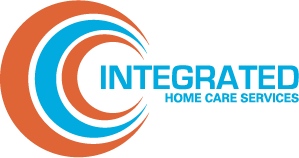With home care becoming an increasingly popular alternative to expensive, facility-based care in 2024—along with growing recognition regarding its ability to lower the cost of care—it’s no surprise that health plans leaders are shifting their focus to this often under-utlized, under-recognized and under-appreciated service offering.
In fact, according to a survey of 100 health plan leaders, significant growth in home care utilization is growing, with 91% saying utilization has increased. However, so have home care costs, with 96% of respondents saying costs have increased over the past five years, and more than one-quarter saying costs have risen by more than 10%.
Thankfully, effective home care benefits administrators can help health plans capitalize on the value of home care. For forward-thinking plans that recognize the benefits of home care, these third-party administrators provide rigorous technology solutions, along with data analytics and care coordination capabilities that help reduce home care fragmentation while elevating care quality.
For health plan leaders in particular, here are five steps to take to advance the quality of home care programs—all while reducing the total cost of care.












